Soy sauce? Peanut butter? Maple syrup? Settle some scores with this breakdown.
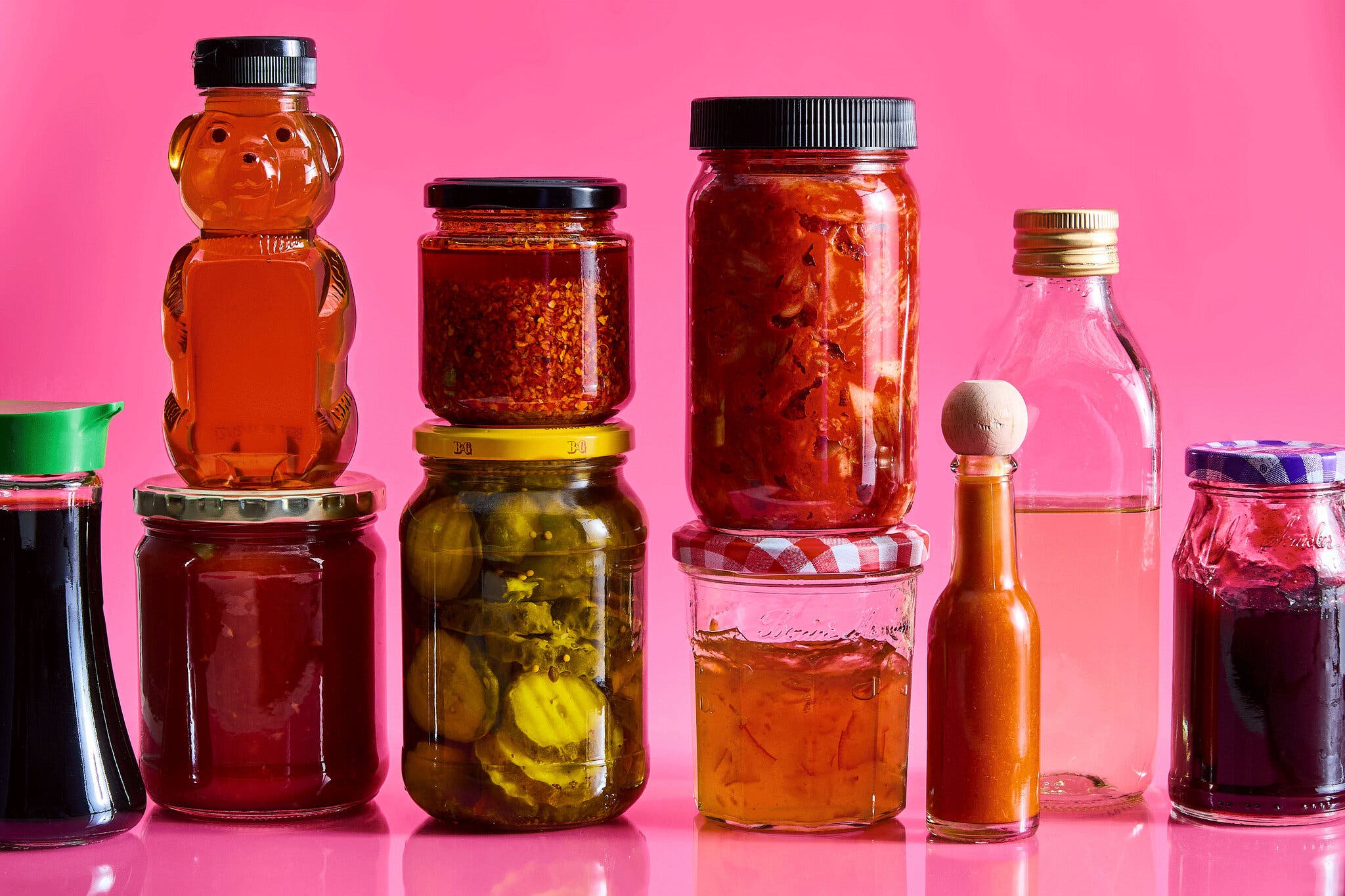
Keep shelf-stable bottles tightly sealed in a cool, dark, dry cabinet — not over the stove — as light and heat will speed up oxidation.Julia Gartland for The New York Times. Food Stylist: Yossy Arefi.
You keep mustard in the fridge, but your partner (or roommate or dad) balks at the idea. Who’s right? The fine print on the bottle, on nearly all of the bottles — “refrigerate after opening” — isn’t much help.
Turns out, that urging is rarely about health risks and more about quality, said Abby Snyder, the associate professor of microbial food safety at Cornell University.
Dressings separate, bright sauces darken and fiery flavors fade, given enough time. Spoilage microbes might even get a foothold, making condiments and other ingredients unpleasant but not unsafe to eat. All of these processes are slowed or even halted in the fridge, but they’re already heavily inhibited by low levels of water (which bacteria need to survive) and high levels of their nemeses (salt, acid, sugar, active probiotic cultures or other preservatives).
So do you even need to refrigerate? “A good rule of thumb: If you bought it from the refrigerated section at the store, it should stay in the fridge at home,” said Carla Schwan, the director of the National Center for Home Food Preservation at the University of Georgia.
For everything else, other than a handful of examples below, consider your lifestyle. “If you use it often and it’s shelf stable, keep it in the pantry or on the counter,” said Lisa Cheng Smith, the founder of the Taiwanese pantry shop Yun Hai. “If you use it more rarely, put it in the fridge to make sure it stays in peak condition.”
A few other tips for making your condiments last: Keep shelf-stable bottles tightly sealed in a cool, dark, dry cabinet — not over the stove — as light and heat will speed up oxidation. (If you live somewhere hot and humid, you might need to move through them faster or keep more in the fridge.) And always use a clean, dry spoon or knife — no fingers — to avoid planting bacteria or the moisture they crave.
Below you’ll find everything you need — informed by food safety microbiologists, fermentation experts and the manufacturers and purveyors themselves — to help you make the call on 22 common staples, and set any debates to rest. (Yes, you can move the peanut butter to the cabinet now.)
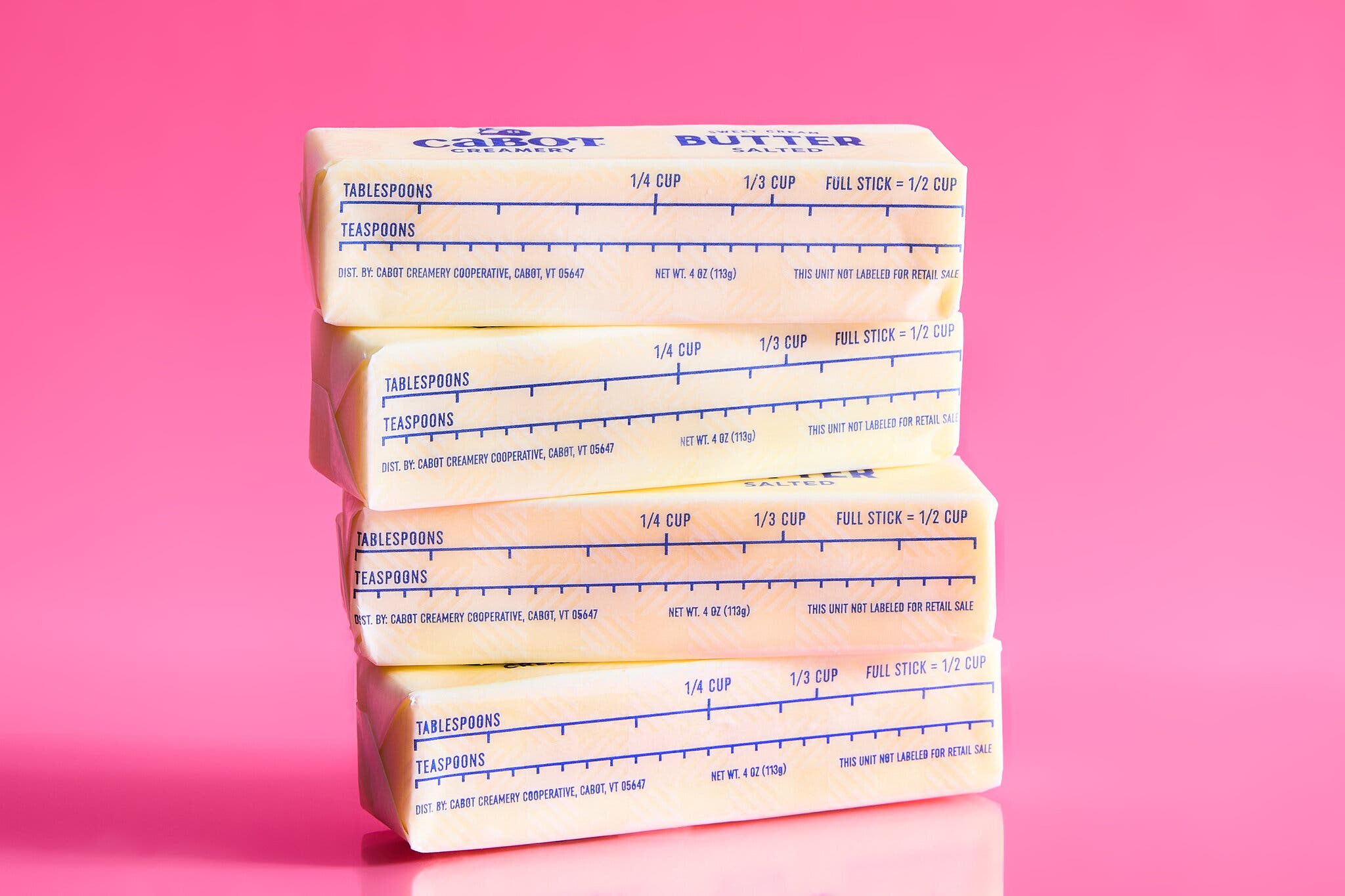
Julia Gartland for The New York Times. Food Stylist: Yossy Arefi.
Butter is safe at room temperature, though the flavor will eventually go off, so it’s best to leave out only what you’ll go through within a day or two. Salted will taste fresh longer than unsalted.
Kept in an airtight container, ghee — butter that has been simmered until its water evaporates — can keep for six months or longer at room temperature, said Angela Anandappa, a food microbiologist and the founding executive director and chief executive of the Alliance for Advanced Sanitation. With less-compact fat molecules for protection, whipped butters and plant-based butters are more defenseless and should stay refrigerated.
The takeaway: Butter (especially salted) is fine on the counter for a couple of days. Ghee is good in the pantry for six months or longer. Whipped butters and vegan butters belong in the fridge.
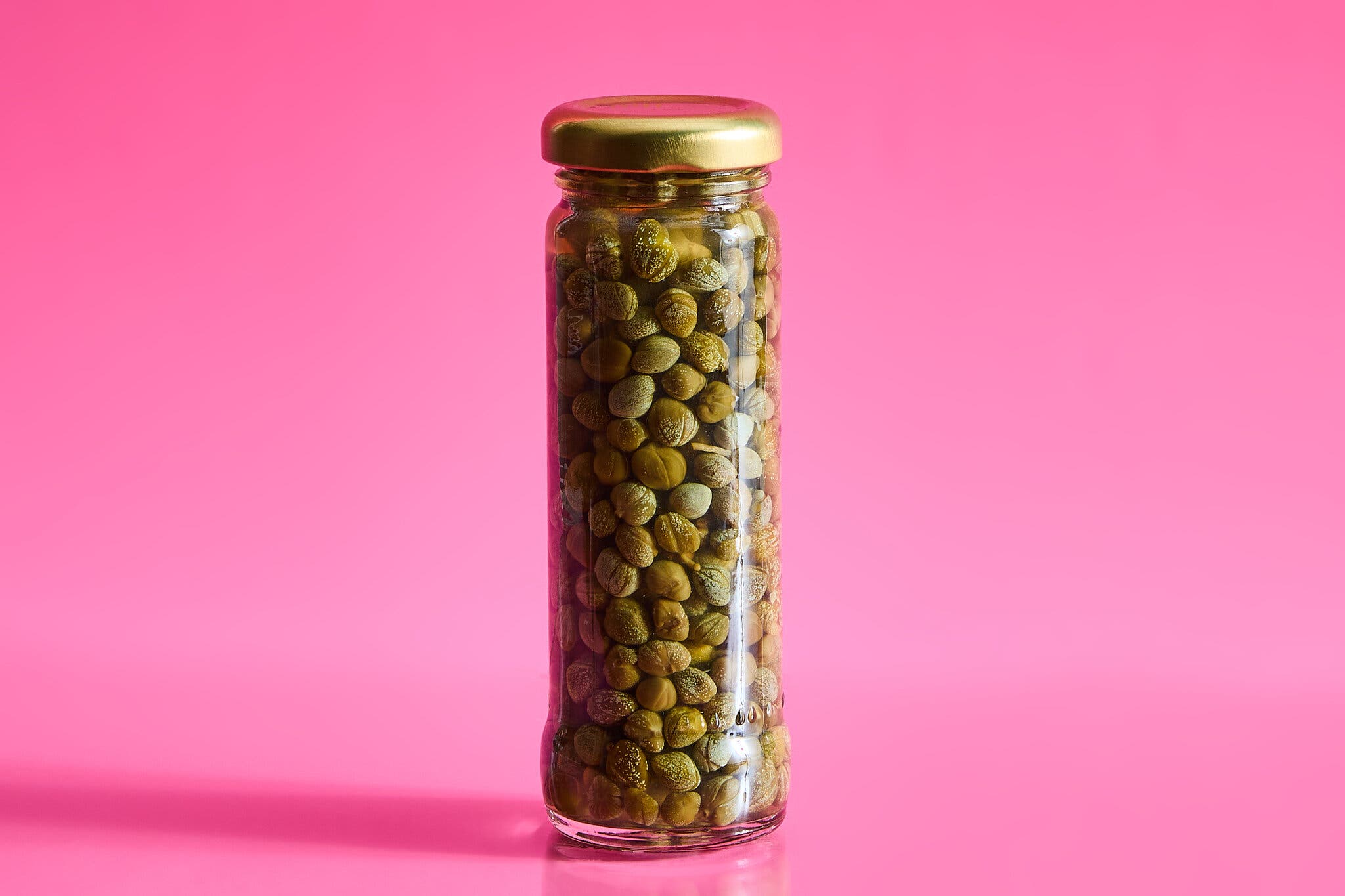
Be sure to keep capers submerged in their brine.Julia Gartland for The New York Times. Food Stylist: Yossy Arefi.
Capers are usually sold bobbing in brine or vinegar or packed in salt crystals to block bacterial growth. But, once opened, pop any jars that are packed in liquid into the fridge and keep them submerged in their brine to stave off oxidation. “Brine is the lifeblood,” said Brandon Gross, the senior vice president of brand for Divina, adding that capers have specific floral and mustard flavors that are enhanced in the fridge.
For dry-cured or salt-cured capers, Mr. Gross recommends storing them in an airtight container in the pantry, the same way you would dried fruit.
The takeaway: After opening, capers in brine or vinegar should stay swimming in their liquid in the fridge. Dry- or salt-packed capers can stay tightly sealed in the pantry.
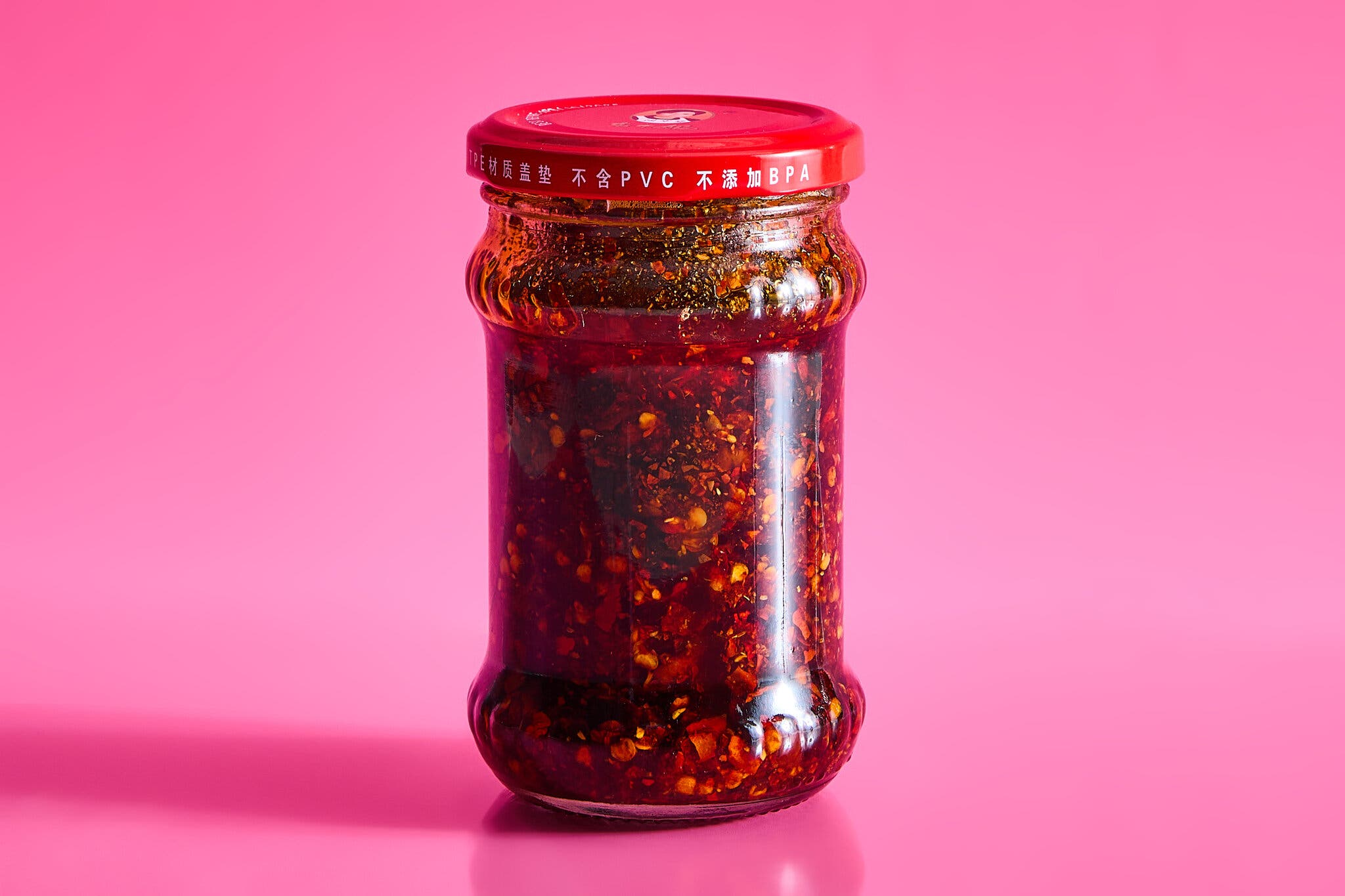
The flavors of your favorite chile crisp will stay intact longer in the fridge.Julia Gartland for The New York Times. Food Stylist: Yossy Arefi.
While chile crisp is inherently shelf-stable, as with any oil-based product, “if you don’t seal it properly or keep it in a dry, dark place, there is a higher likelihood of oxidation leading to rancidity,” said Jing Gao, the founder of Fly by Jing and author of “The Book of Sichuan Chili Crisp.” She leaves her jars out, but admits that’s a matter of speed: “I go through jars pretty quickly.”
Preservative and sodium levels may vary, Ms. Smith of Yun Hai noted. For low-salt, no-preservative chile crisps (or homemade), she prefers to store them in the fridge “because it preserves all the delicate flavors captured in the oil for as long as possible.”
The takeaway: Pantry is fine if you finish jars quickly, but chile crisps stay fresher longer in the fridge.
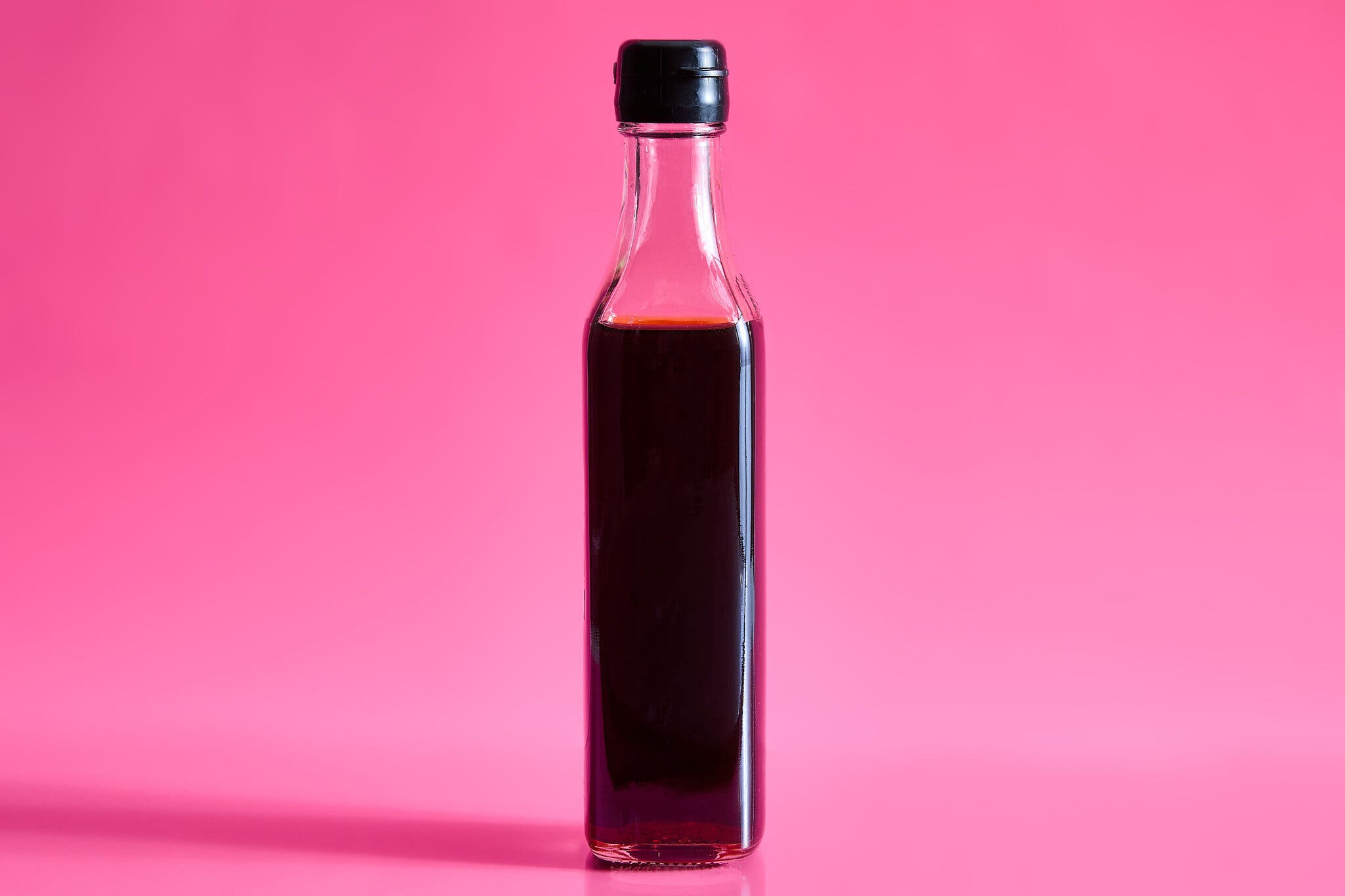
Fish sauce may darken over time if stored at room temperature.Julia Gartland for The New York Times. Food Stylist: Yossy Arefi.
Typically made from tiny fish like anchovies that have been salted and fermented, then pressed, fish sauce is salty enough to stay safe at room temperature after opening. But after a long stretch, “you may notice the color getting darker and the flavors more muted,” said Tiffany Pham, the chief flavor officer at the fish sauce producer Red Boat. Ms. Pham recommends moving fish sauce to the fridge if you aren’t likely to use it within a year.
“In our Vietnamese household, it’s a daily use so we keep ours in the pantry, like our moms did,” said Danny Tran, a co-founder of Son Fish Sauce. But even if your fish sauce eventually deepens in color, it isn’t necessarily a bad thing. “Many home cooks actually enjoy this richer, more intense umami flavor as it ages,” Mr. Tran said. “Some even say it ‘matures’ like soy sauce or balsamic vinegar.”
The takeaway: Pantry is fine. Refrigerate for longer storage if you want to avoid shifts in flavor.

Keeping honey at room temperature helps it stay smooth and golden.Julia Gartland for The New York Times. Food Stylist: Yossy Arefi.
So long as you don’t let moisture in — a wet spoon, a loose lid in 90 percent humidity — honey will last virtually forever in the pantry, according to Timothy Jackson and Nicole Lindsey-Jackson, the executive directors of Detroit Hives. In fact, archaeologists have discovered well-preserved honey in Egyptian tombs that was most likely still safe to eat.
“Putting honey in the fridge actually makes it crystallize faster, turning it thick and grainy instead of smooth and golden,” Mr. Jackson and Ms. Lindsey-Jackson wrote in an email. If your honey does turn into sugar, Mike Kurtz, the founder of Mike’s Hot Honey, recommends gently warming the bottle in a water bath until it’s about 110 degrees Fahrenheit, or just leaving the bottle on a sunny windowsill.
If you encounter bottles with added sugars or corn syrup, they should be used up more quickly. “These don’t have the same natural bombproof stability,” said Kirsten K. Shockey, an author of the cult cookbook “Fermented Vegetables.”
The takeaway: Store in the pantry, well sealed.
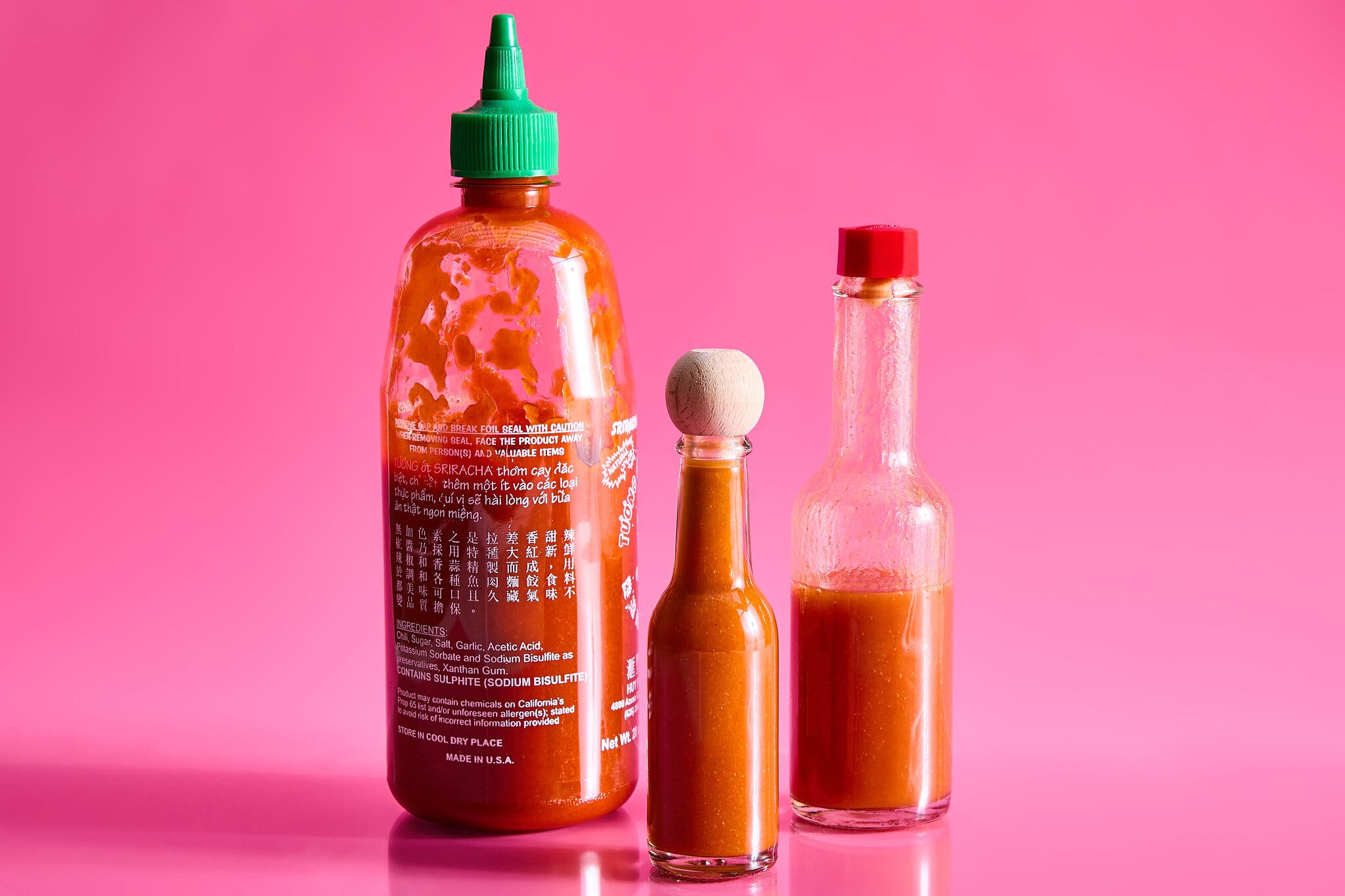
Different hot sauce styles require different storage.Julia Gartland for The New York Times. Food Stylist: Yossy Arefi.
The hot sauce section is one of the few places you may not see a lot of labels with that familiar “refrigerate after opening” suggestion, thanks to the high acidity of many brands. But it’s worth checking, since there are as many hot sauce styles as there are fancy dog breeds. Vinegary types are fine at room temperature, but “thick, pasty ones, less acidic ones or homemade hot sauces where the pH is unknown do best in the fridge,” said Julia Skinner, culinary educator and author of “Our Fermented Lives.”
For example, Tabasco, a vinegar-based hot sauce, will be just fine stored in a cool, dark pantry for at least five years after opening, according to Christian Brown, a sixth-generation family member who oversees strategic sourcing for the company. Storing it in the fridge, however, will slow discoloration. The carotenoids that give color to plants (including the red peppers in hot sauce) break down when exposed to oxygen (a.k.a. oxidation), which is why you might start to see the sauce in the top part of an open bottle darken if it’s been sitting for a long time.
The takeaway: Pantry is fine for vinegary hot sauces, but double-check the label for other styles.

To settle another debate: Yes, you should use a clean butter knife or spoon to scoop your jam.Julia Gartland for The New York Times. Food Stylist: Yossy Arefi.
Sugar binds with water, hampering the growth of bacteria, molds and yeasts. But “sugar is also what fuels microbes, so until you get to a place where the water is bound up, you have a party for the microbes,” Ms. Shockey said.
With that in mind, all varieties of jams and jellies should be kept sealed in the fridge after opening and discarded if they start to taste boozy or show signs of mold, since its roots grow deeper than the fuzz on the surface.
Sako Gordon, the owner of the jam business Ayako & Family, said her biggest tip for curbing bacterial growth in open jam jars is “to try your best to avoid ‘double dipping,’ or cross contamination. If you can use a clean spoon in place of your butter knife to scoop out your jam,” she said, “you’ll prolong the freshness.”
The takeaway: Store in the fridge after opening.
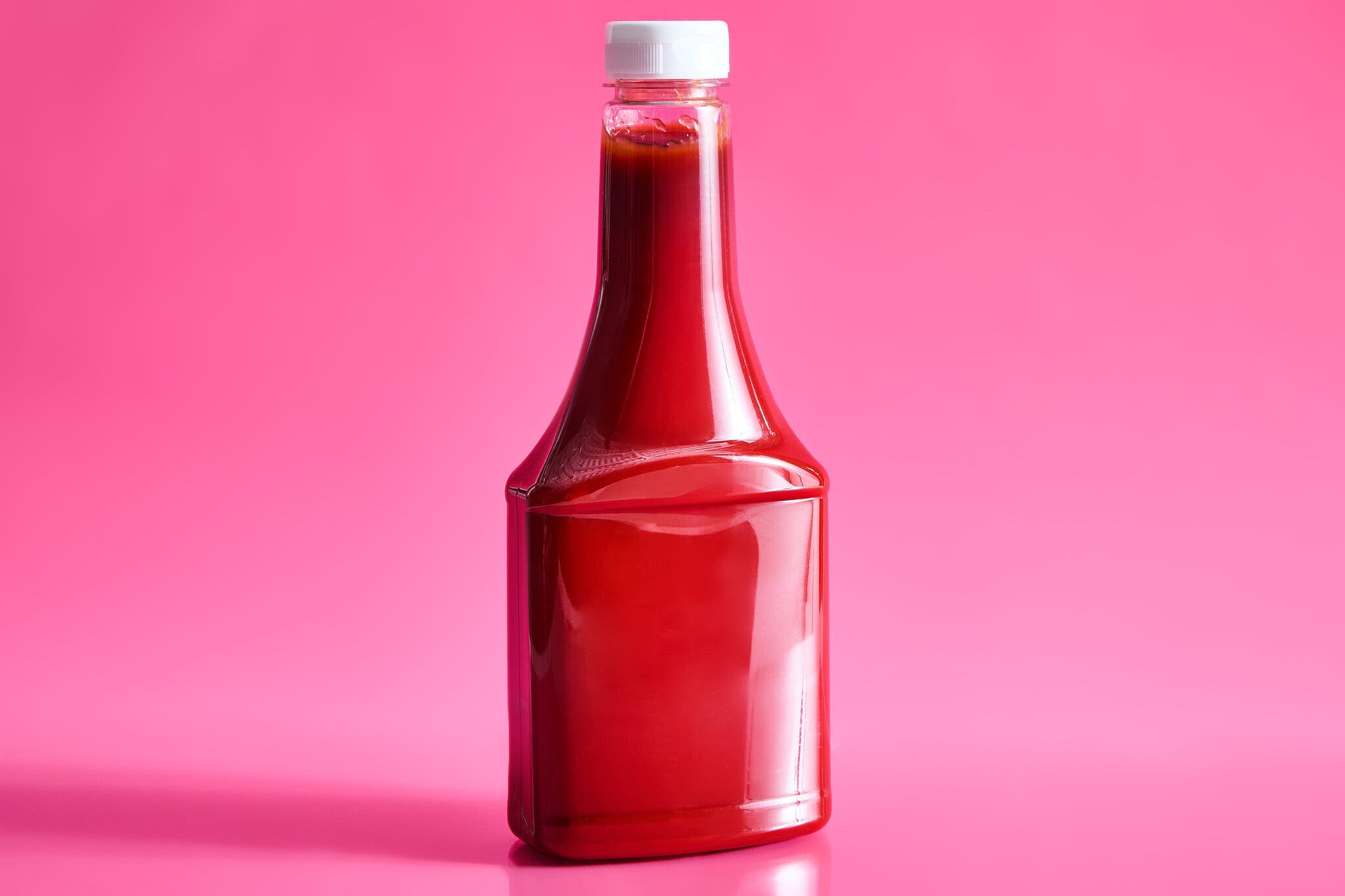
Even after opening, you can keep ketchup out.Julia Gartland for The New York Times. Food Stylist: Yossy Arefi.
Bottles are left out at room temperature in diners, so they can stay out in your kitchen, too (especially if you go through as much as those restaurants do).
The acidity in tomatoes makes ketchup shelf-stable, said Jennifer Sargent, the research and development culinary specialist at Conagra Brands, makers of Hunt’s Ketchup. “However,” she said, “the flavor, quality and texture of your ketchup will deteriorate faster without refrigeration.”
The official stance of the United States Department of Health and Human Services’ FoodKeeper App — an oft-cited gold standard among food safety experts — is that shelf-stable commercial ketchup is safe when stored at room temperature after opening.
The takeaway: Pantry is fine. When storing for longer, keep in the fridge for more consistent flavor and texture.
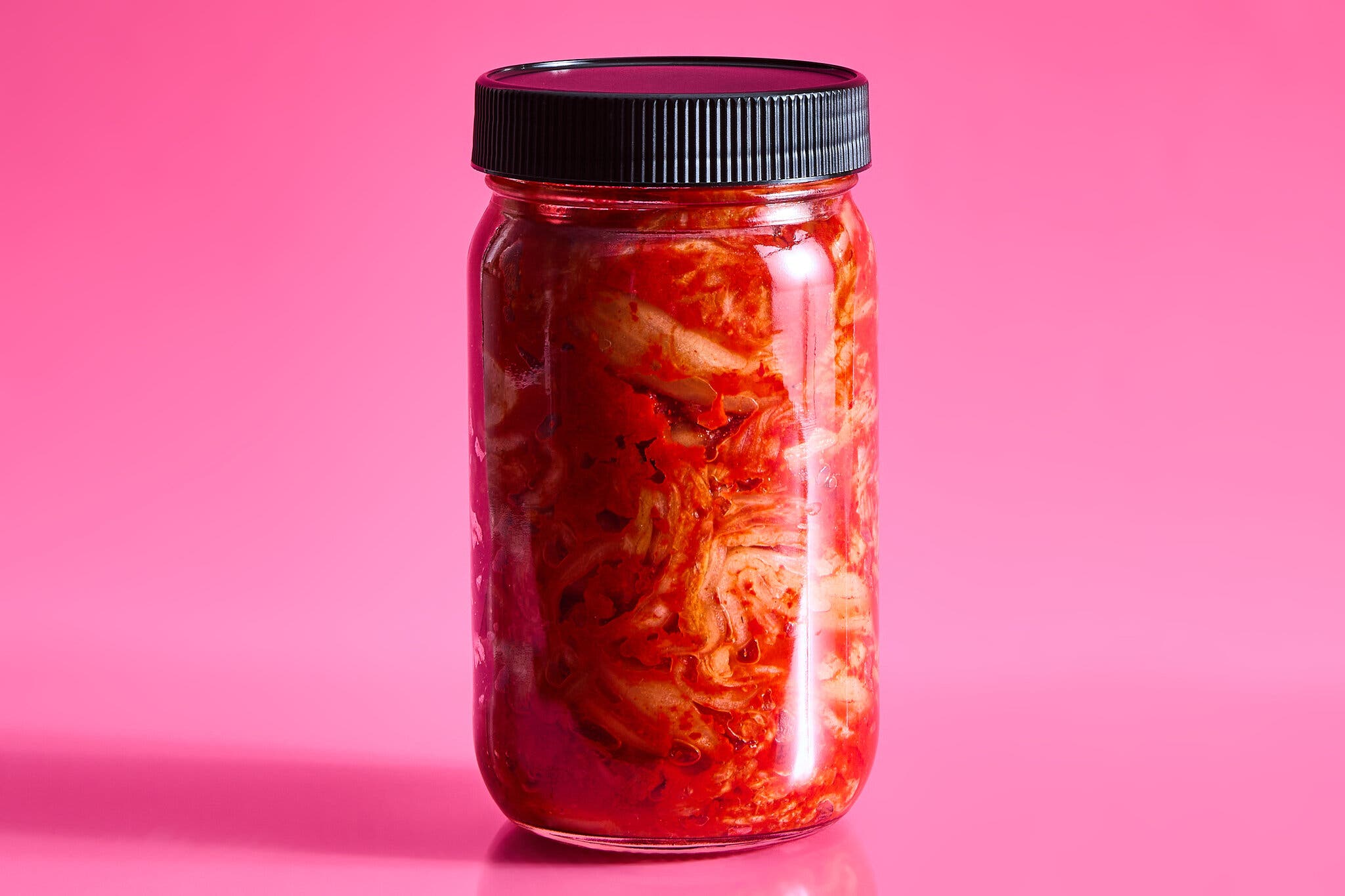
Where you store kimchi depends on the flavors you’re chasing.Julia Gartland for The New York Times. Food Stylist: Yossy Arefi.
Like yogurt, sauerkraut and other lacto-fermented foods, kimchi is preserved by the hum of happy probiotic bacteria producing lactic acid, which creates a signature tang and wards off pathogens.
Fridge temperatures slow down, but don’t stop, fermentation. “You can enjoy ‘fresh’ kimchi,” allowing it to continue fermenting slowly in the fridge as you eat it, said Lauryn Chun, the founder of Mother-in-Law’s, a small-batch kimchi brand, and author of “The Kimchi Cookbook.” “Or if you’d like a more fermented taste right away and accelerated fermentation (more bubbly, almost carbonated fizz in your mouth that Koreans love in kimchi), leaving it overnight in ambient temperature is fine. There may be liquid overflow and big ‘pop’ overflow upon opening the lid.” If the kimchi comes in brine, be sure to keep it completely submerged so microbes don’t find a safe place to land.
The takeaway: Store in the fridge to slow fermentation. Store at room temperature short-term to speed up fermentation, deepen flavors and soften crunch (be prepared for fizz and overflow).

Small jars fit neatly in the refrigerator.Julia Gartland for The New York Times. Food Stylist: Yossy Arefi.
Unlike honey, pure maple syrup needs to be stored in the refrigerator, or it will eventually start to ferment or grow mold. If you don’t have room in the fridge for a big jug, consider the freezer. “Syrup that has been stored in the freezer will never change flavor or color,” said Cecile Branon of Branon Family Maple Orchards. “It gets deliciously thick.” Keep a smaller amount in the fridge (starting with a clean, dry glass bottle) and refill as needed, letting the freezer jug sit out for 10 to 15 minutes to thin out before pouring it in.
If your jug was left out at room temperature and starts to swell or tastes boozy, sour or bubbly, it’s fermenting, and Ms. Branon recommends discarding it. “It likely won’t make you sick as it is becoming a maple wine or vinegar. It may not be tasty, though,” Ms. Shockey said. At any signs of mold it should go, especially if you have a mold allergy.
The takeaway: After opening, store in the fridge or freezer.
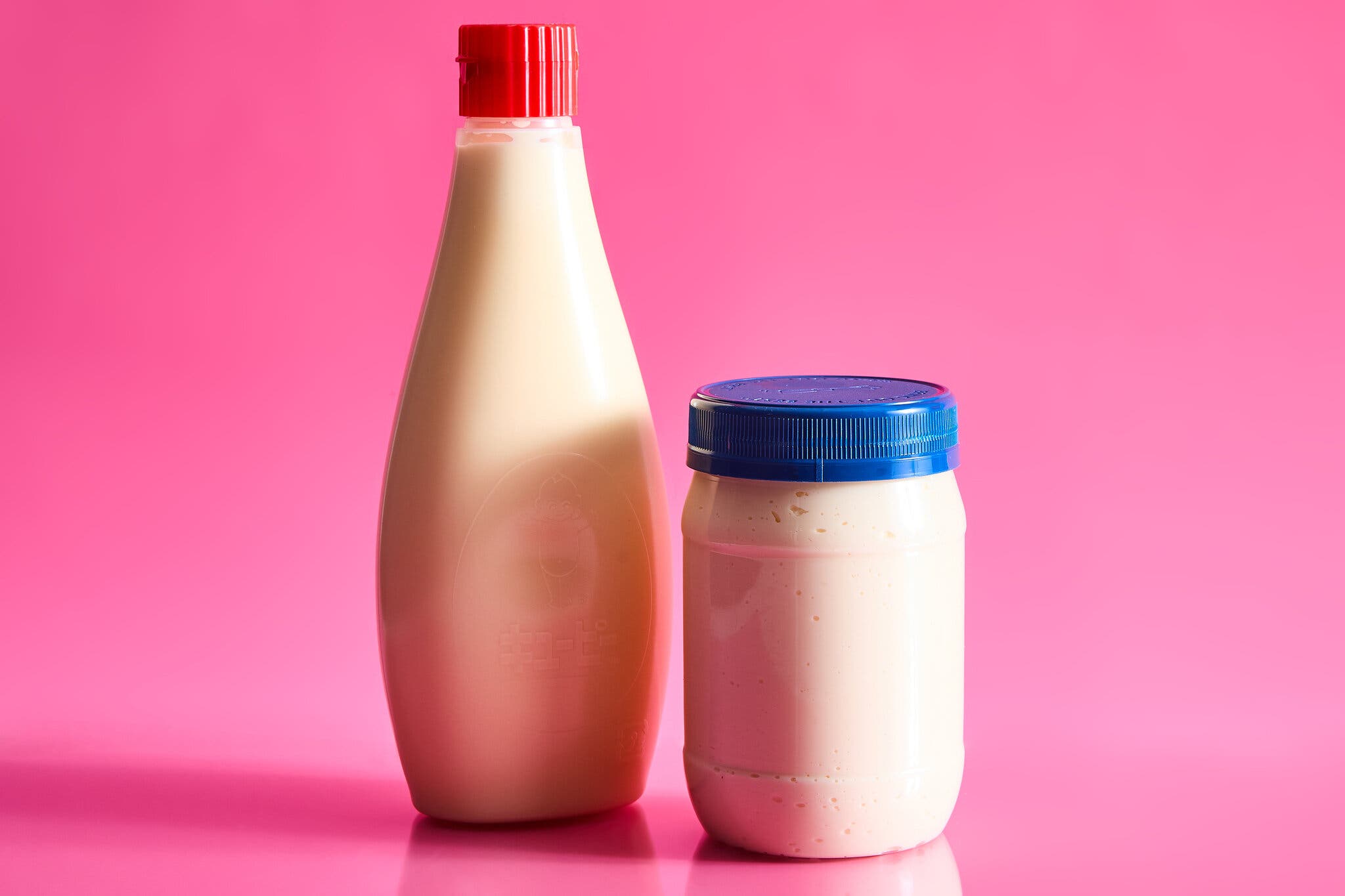
You can keep mayo at room temperature, but you may not want to.Julia Gartland for The New York Times. Food Stylist: Yossy Arefi.
Brace yourself: “Shelf-stable commercial mayonnaise is safe when stored at room temperature after opening,” the Health and Human Services Department advises, giving us three to six months to leave it in the pantry. (The same is not true of the homemade kind, which typically contains raw eggs and should be refrigerated promptly.)
However, there are other reasons beyond lingering doubt that you’d want to keep it colder. It can be hard to control room temperature, which means mayo can get too warm and its emulsification can break down. That means it can get too loose or even separate and get an unpleasant oiliness, said Jessie YuChen, a coauthor and the recipe developer of the coming cookbook “For the Love of Kewpie.”
They also caution against freezing mayo, intentionally or accidentally, which might happen by storing it in a fridge that’s too cold, especially toward the back. When the water in mayo freezes, it forms ice crystals which disrupt the emulsion, separating the oil and egg yolk. Tucking your jar into the more temperate fridge door should prevent this.
The takeaway: A cool pantry is safe for commercial mayos short-term, but the fridge door offers more stability.
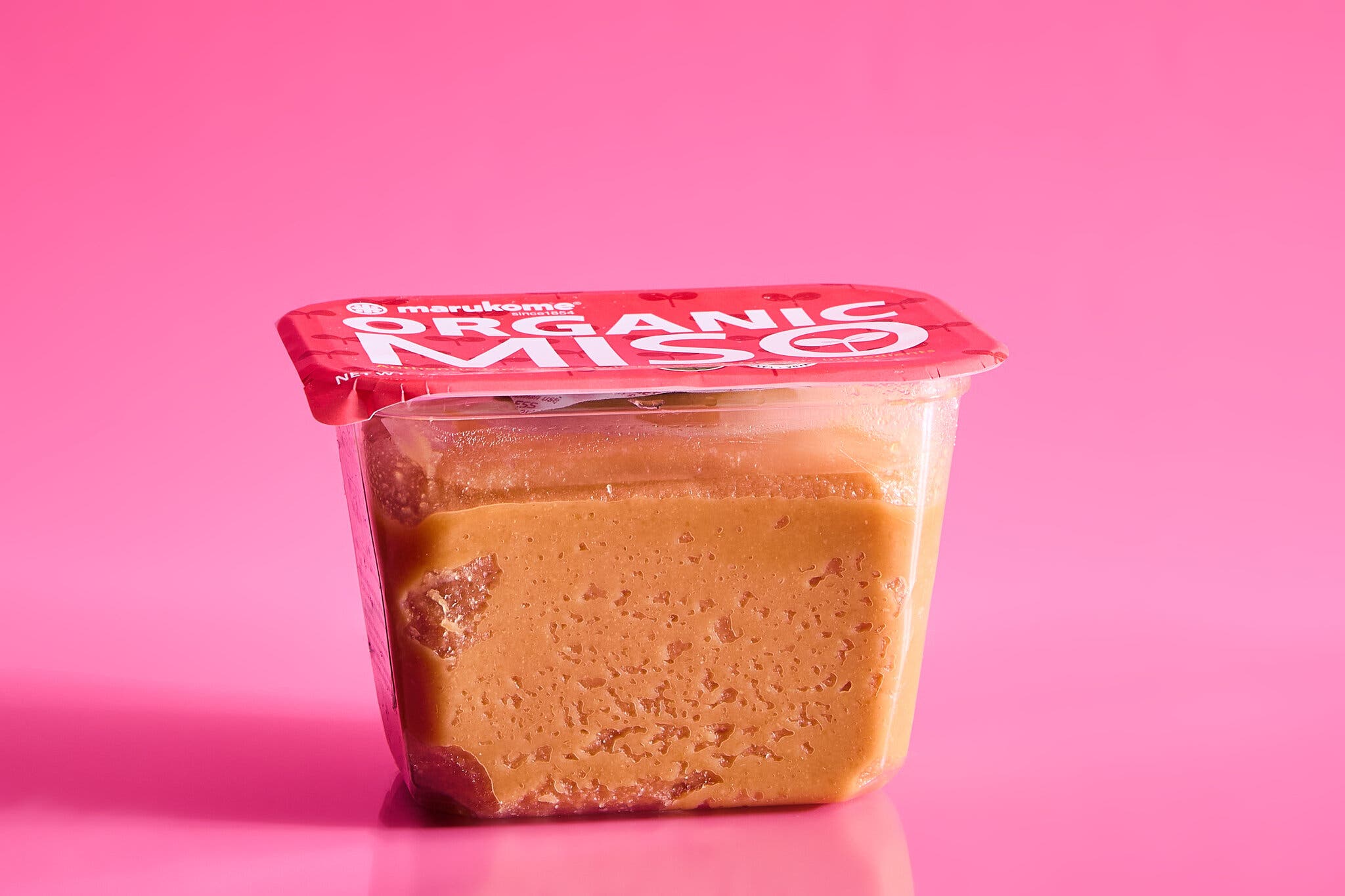
Where you find your miso in the store determines where you should keep it.Julia Gartland for The New York Times. Food Stylist: Yossy Arefi.
You’ll find unpasteurized miso — made from salted and fermented soybeans, rice, barley, or other ingredients — in the refrigerated section to keep it alive. “Miso makers intentionally choose a specific state of maturation, similar to an aged cheese or wine,” Eleana Hsu and Kevin Gondo from Shared Cultures, a producer of miso and other umami seasonings, wrote in an email. Keeping living miso in the fridge slows down microbial activity and pauses the flavor in that state.
If your miso was sold at room temperature or says it doesn’t require refrigeration, it’s been pasteurized. It won’t contain active probiotics and can be stored at room temperature, according to Rich Shih, a mold-based fermentation educator and a coauthor of the cookbook “Koji Alchemy,” but the fridge will help it hang onto its flavor.
Pasteurized or not, the salt content will help ward off pathogens, similar to soy sauce, though the exposed surface of miso is more vulnerable to contamination. Cover it with the paper included by the manufacturer or plastic wrap and “sprinkle a little salt on top of the miso for added insurance,” Mr. Shih said.
The takeaway: Unpasteurized miso (sold in the refrigerated section) should stay refrigerated. Pasteurized (sold at room temperature) can be stored at room temperature or in the fridge, with the paper or plastic wrap pressed to the surface.
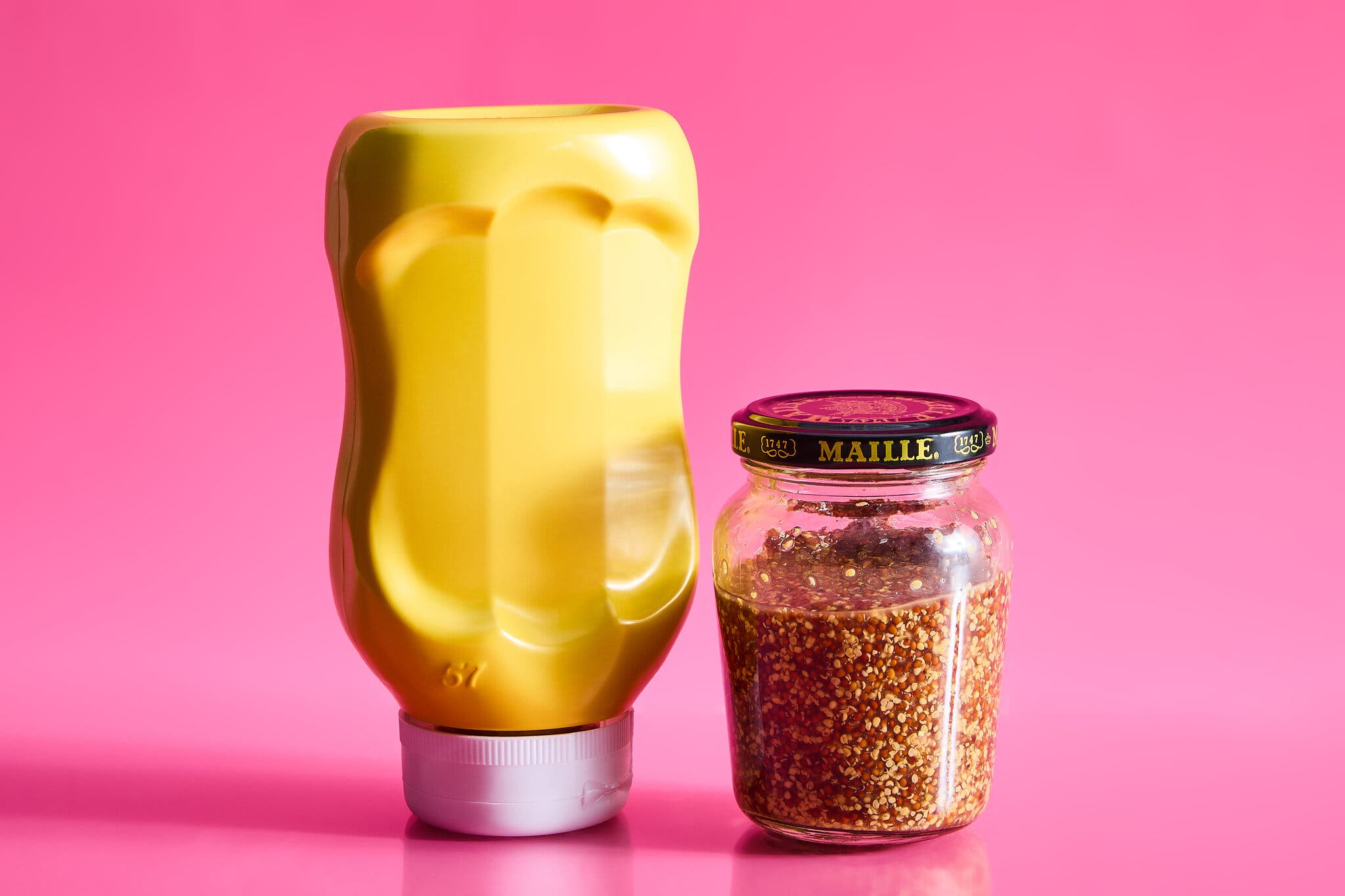
If you have a lot of different types of mustard, refrigerate them all.Julia Gartland for The New York Times. Food Stylist: Yossy Arefi.
“Thanks to the nature of the mustard seed — and ingredients like vinegar and salt — it’s inherently stable,” said Brandon Collins, the mustard sommelier at Maille, the condiment brand. “It’s antibacterial, so nothing can really grow in it.”
That said, Mr. Collins explained: “Mustard’s heat comes from when water activates its natural defense mechanisms. Keeping it in the fridge slows that reaction down,” preserving the spice. So, if you go through mustard quickly, feel free to keep it out. “If you’re going to enjoy it slowly — or if you’ve got 100 different mustards on hand,” he said, “then into the fridge it goes.”
The takeaway: Pantry is fine, but the fridge will keep it spicier longer.

Be sure to tighten the lids of oil bottles between uses.Julia Gartland for The New York Times. Food Stylist: Yossy Arefi.
Broadly speaking, refined oils will have a longer shelf life than unrefined, according to Dr. Anandappa, but all will oxidize more quickly in bright light, heat and open air. So tuck oils away in a dark pantry and tighten those lids. Bonus points for metal or dark glass bottles over clear glass or plastic.
In homes where temperatures get above 77 degrees Fahrenheit, Takehiro Wada, the fifth-generation chief executive of the sesame producer Wadaman, recommends refrigerating sesame oil. If the oil becomes cloudy in the fridge, just let it stand at room temperature for a few minutes. “It will quickly return to a liquid state,” Mr. Wada said.
The fridge also isn’t a bad idea for infrequent users. “If you leave oils too long in the pantry, they will eventually go rancid and get that paint chip flavor,” Ms. Smith said.
The takeaway: A cool, dark pantry is fine for most oils. For delicate oils, the fridge is better, especially for hotter weather and less-frequent drizzlers.

There’s no real contest here: keep these bottles in the fridge.Julia Gartland for The New York Times. Food Stylist: Yossy Arefi.
The original oyster sauce was made — accidentally — when Lee Kum Sheung, the founder of Lee Kum Kee, boiled oyster broth down to a concentrated umami slurry. “Now, it is often thickened with cornstarch,” Ms. Shockey said, “which changes the nature of the sauce,” diluting the protective powers of salt and acid.
“I definitely refrigerate it,” said the Chinese culinary expert and cookbook author Grace Young, who favors the brand Megachef. (Directives from other brands like Lee Kum Kee and Kikkoman agree.)
The takeaway: Refrigerate after opening.
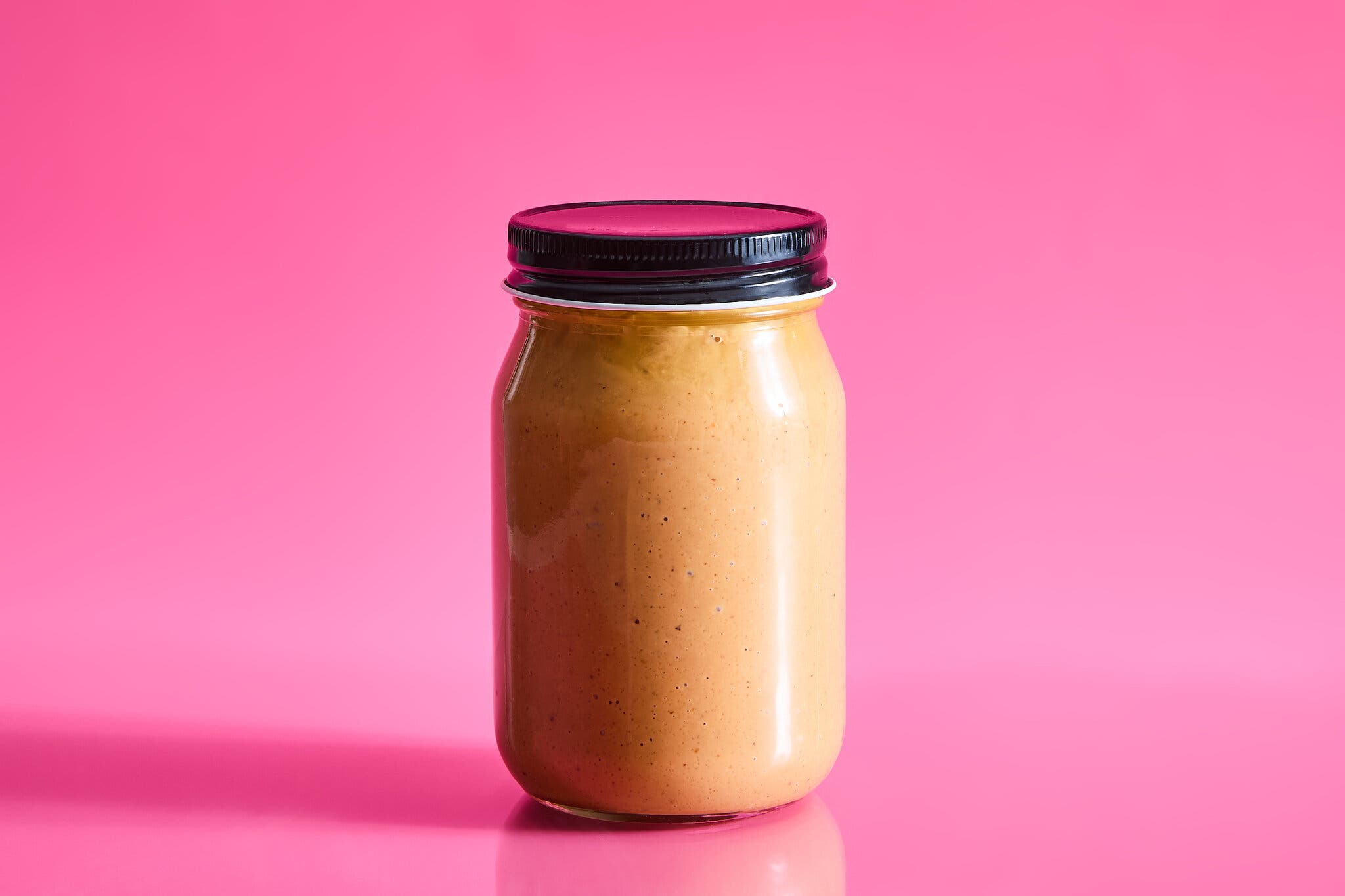
Stir natural peanut butters well before refrigerating them.Julia Gartland for The New York Times. Food Stylist: Yossy Arefi.
Both natural and no-stir styles of peanut butter are inherently low in moisture and can be stored in the pantry for a good three months after opening, according to the National Peanut Board. After that, move them to the fridge. If they’ve been sitting longer and the butter smells or tastes off, get rid of it.
Natural-style peanut butters don’t have hydrogenated oils or other stabilizers, so over time the oil will float to the top and can be tricky to stir back in. Keeping them in the fridge after a good stir will slow this separation. In the pantry, periodically flipping the jar to store upside down (and back) will help the oil gently reincorporate. Or less gently, just make some strategic stabs and swipes with a table knife.
The takeaway: Keep in the pantry for two to three months, refrigerate after that.
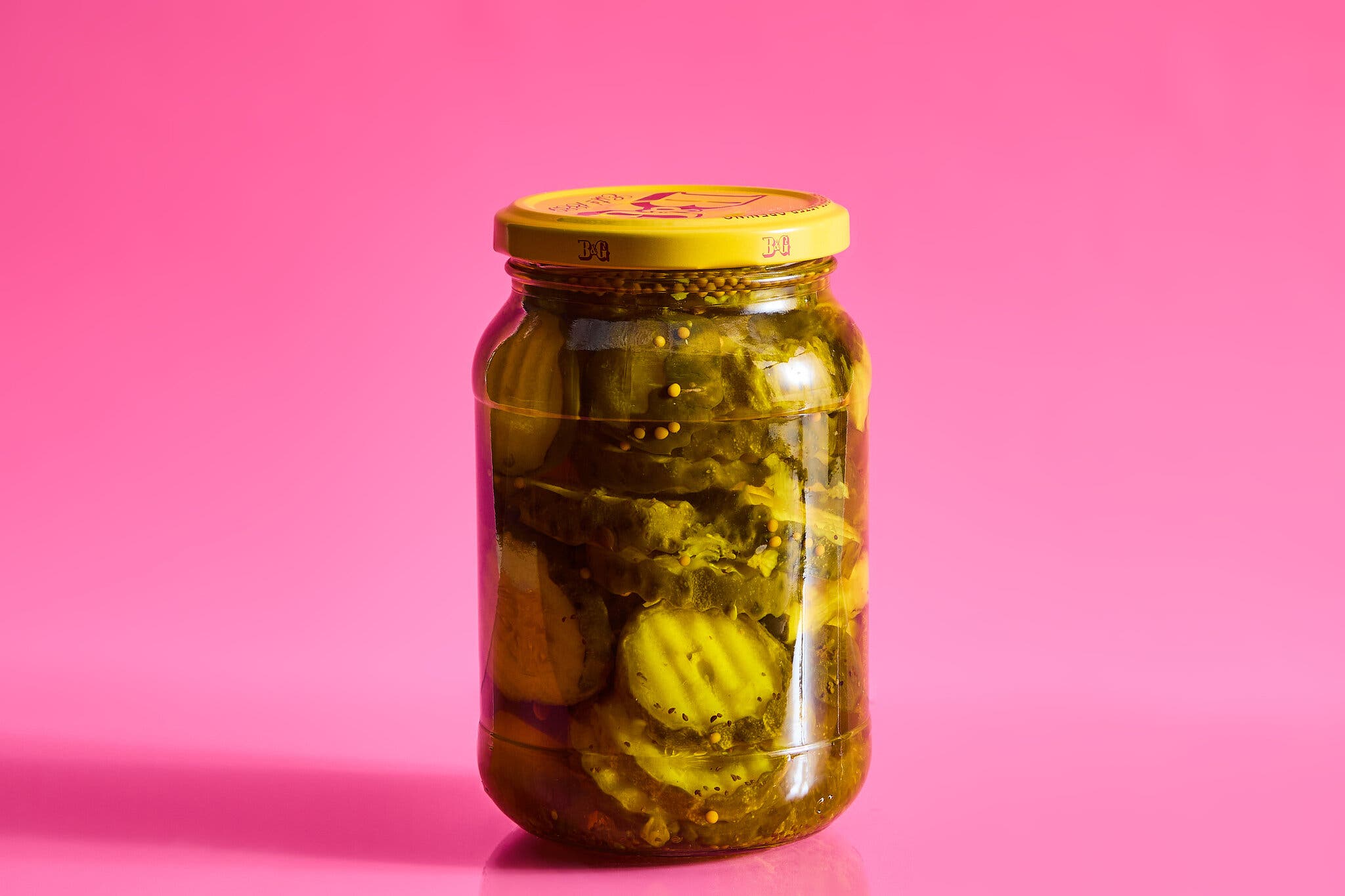
Keeping pickles chilled also preserves their crunch.Julia Gartland for The New York Times. Food Stylist: Yossy Arefi.
Pickles are how generations have put cucumbers and other fresh vegetables on pause — but it’s only a pause.
While experts generally recommend storing opened jars in the refrigerator, “for fermented pickles (think full sours and half sours) you technically can store these on the counter, though your half sours will become full sours if you do,” Ms. Skinner said. Like all pickles, “keep them completely submerged in brine to prevent pathogen growth and note that fermented cucumbers can get mushy very easily, especially in hot weather.”
With varying acidity and salt levels for different styles, popping jars in the fridge errs on the side of caution (and will keep them crunchier, too).
The takeaway: Pickles from the refrigerated section go in the fridge. Pickles in shelf-stable jars, once opened, should, too. Keep them all fully submerged in brine.
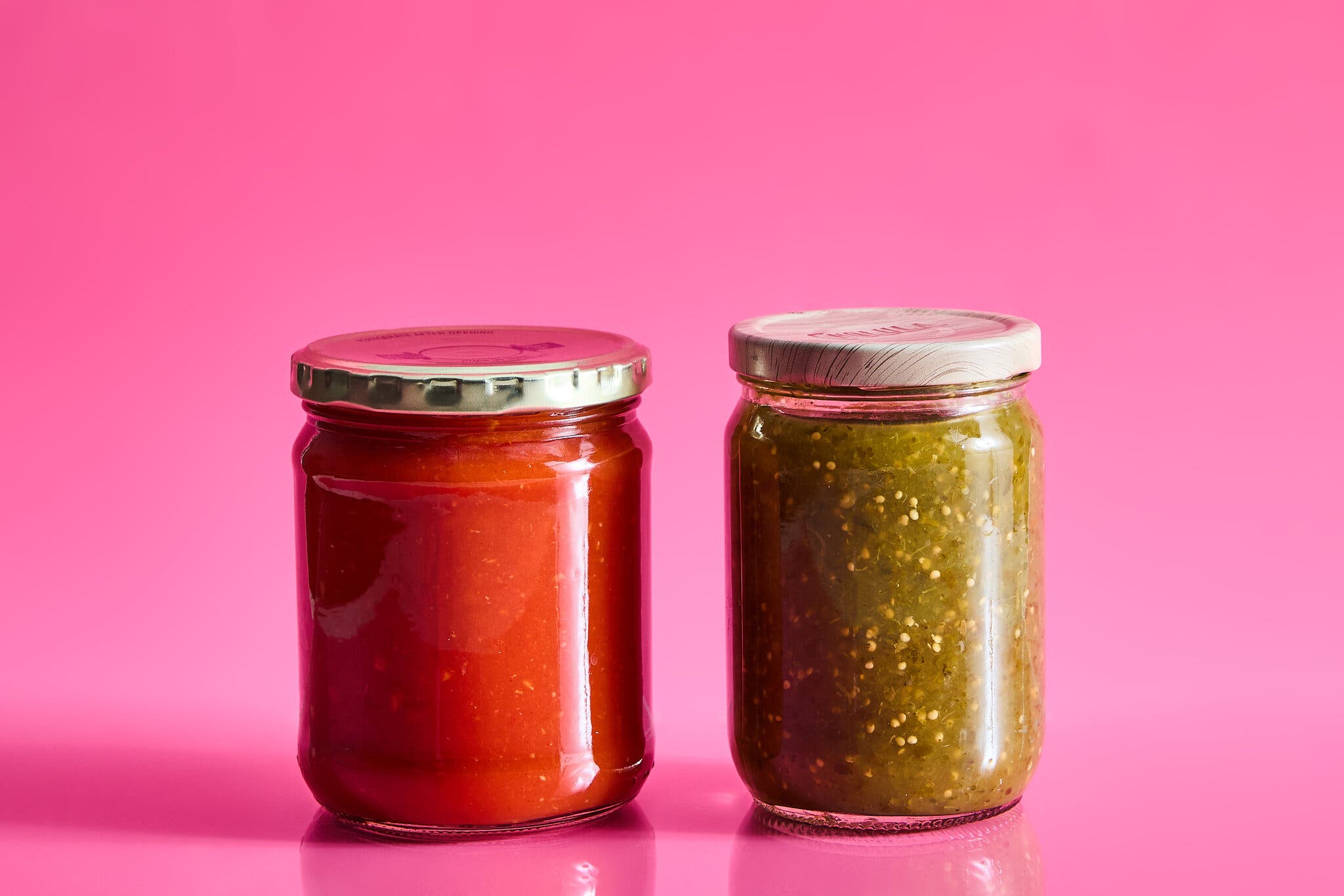
Freezing homemade salsas is a great way to preserve their flavor and texture.Julia Gartland for The New York Times. Food Stylist: Yossy Arefi.
Fresh salsa is easy. If you made it yourself or bought it chilled at the grocery store, keep it in the fridge. Rick A. Martínez, the author of “Salsa Daddy” (who also develops recipes for NYT Cooking), recommends eating it within four days or freezing it in an airtight container. “By freezing, you will lock the flavor and color, and the salsa will remain fresh tasting for up to six months.” Chopped salsas like pico de gallo should be blended first to sidestep the slumpy texture of frozen-then-thawed raw vegetables. Blend on medium-low speed, “no higher or you will incorporate air and activate the pectin and make a salsa jelly,” Mr. Martínez said.
Shelf-stable salsa from the grocery store aisle is trickier: It’s theoretically processed to be safe in the pantry after opening, according to the Health and Human Services Department. Food safety and fermentation experts are more cautious, since salsas have some of the acidity of ketchup, but more moisture for microbes to latch onto.
To keep either type at its brightest, store in the fridge after opening and serve on an ice pack during hotter months, recommends a representative from Teresa’s Gourmet Foods, which makes fresh and shelf-stable salsas.
The takeaway: Fresh salsas go in the refrigerator. Shelf-stable salsas are formulated to be safe at room temperature but are more vulnerable to spoilers than other condiments, so the fridge will keep them fresher.
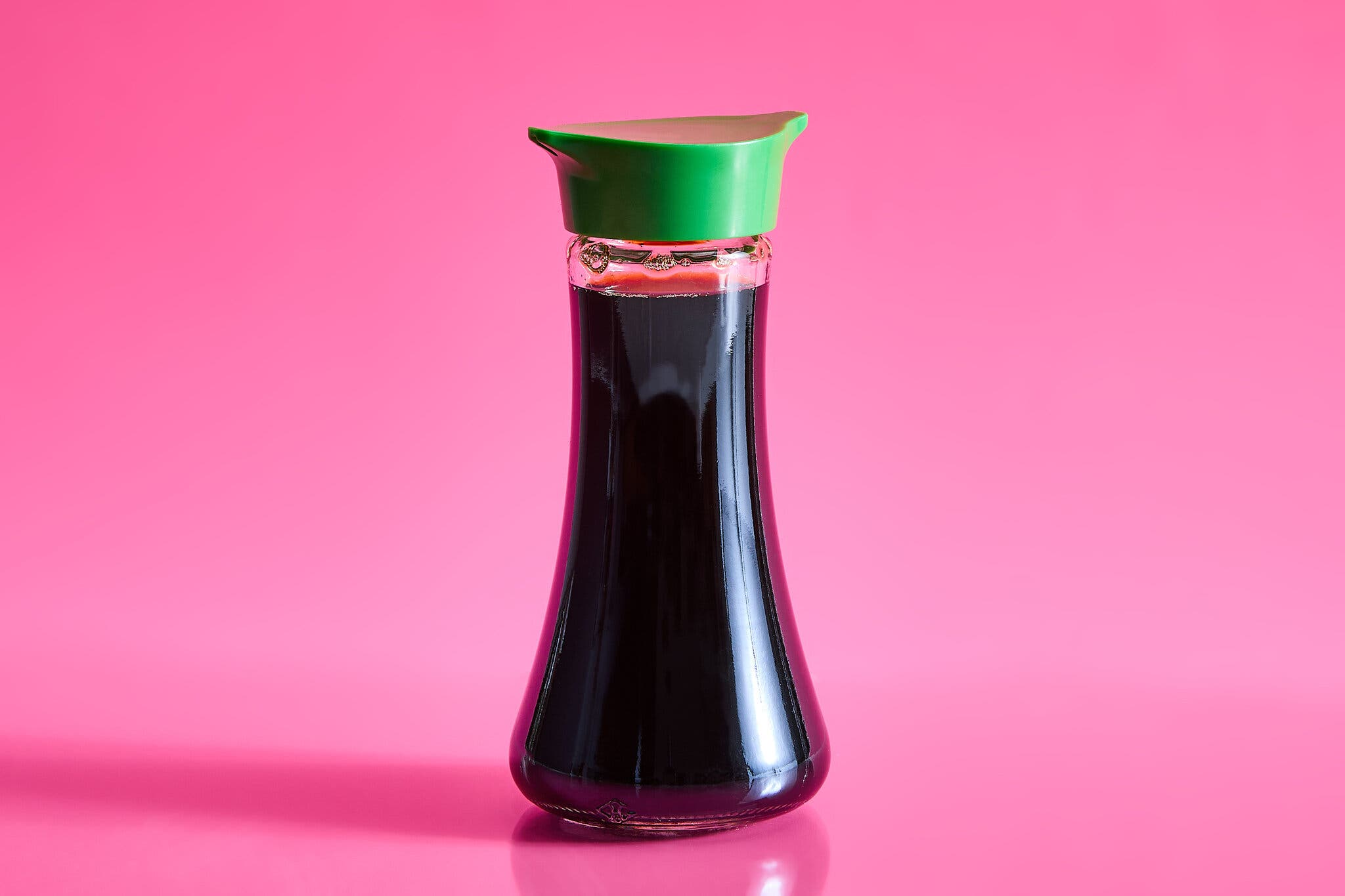
Some varieties of soy sauce are fine in the pantry.Julia Gartland for The New York Times. Food Stylist: Yossy Arefi.
Soy sauce has enough salt that harmful microbes can’t take hold, and most commercial types are pasteurized for added shelf stability. “However, if you buy artisan or higher-end soy sauce” that’s been traditionally fermented, “keep it in the fridge to retain its nuanced flavor,” said Kenji Morimoto, a chef and the author of the coming cookbook “Ferment.” Low-sodium varieties benefit from the extra protection of the fridge, too.
Mr. Shih agrees, but notes that even small-batch soy sauces won’t change quickly, unless the conditions are extreme. “Don’t freak out if you leave a bottle out overnight,” Mr. Shih said.
The takeaway: Pantry is fine, but the fridge will keep peak flavor longer, especially small-batch and low-sodium types.
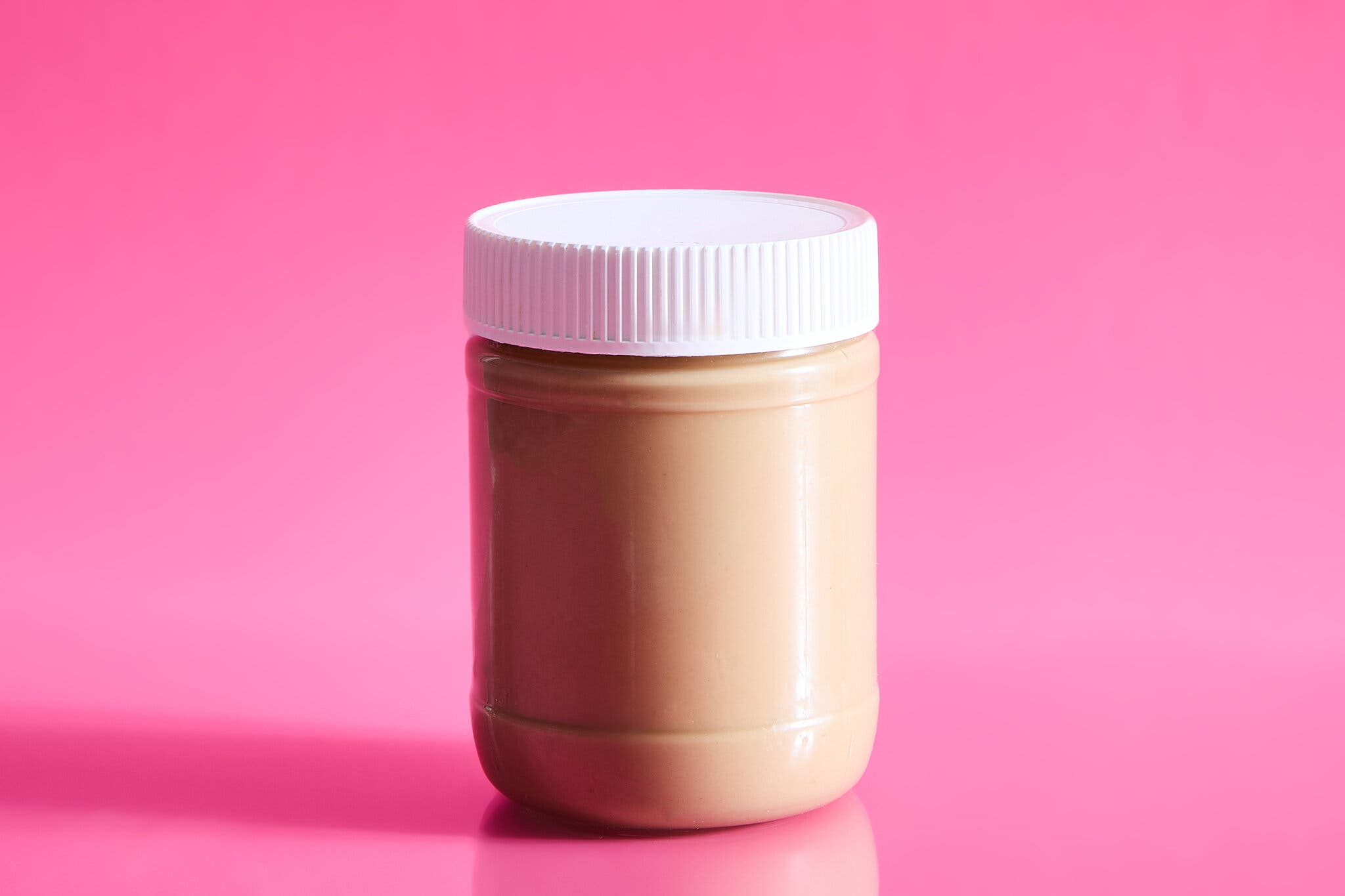
Turn the jar upside down to prevent the solids from settling at the bottom.Julia Gartland for The New York Times. Food Stylist: Yossy Arefi.
Made from ground sesame seeds (and typically nothing else), tahini is low-moisture and safe to store at room temperature after opening. “Pantry storage gives you an easier-to-mix texture, ideal for drizzling, dressings and sauces,” said Amy Zitelman, the chief executive and a founder of the tahini producer Soom Foods. For easier stirring, she recommends keeping the jar upside-down to counteract the solids settling into the bottom, which can happen more quickly at room temperature.
When tahini is chilled, it thickens to a nut-buttery paste. “If you store it in the fridge and want it thinner for a recipe, just stir some ice-cold water into your bowl of tahini (not the jar!),” Ms. Zitelman said. (As with other condiments, introducing water will invite other forms of life to grow.) The tahini may seize up at first — just keep whisking in a little water at a time until it smooths out.
The takeaway: Store upside-down in the pantry for drizzling and mixing; store in the fridge for spreading. Both are safe.

Vinegars can, in fact, develop off flavors.Julia Gartland for The New York Times. Food Stylist: Yossy Arefi.
While vinegar is a pantry staple and the stuff many things are preserved in (see: pickles, capers, hot sauce), it’s not invincible. You’ll want to keep it away from heat, sunlight, air and moisture. “In other words, not next to or above your stovetop as many people do,” said Michael Harlan Turkell, the author of the cookbook “Acid Trip: Travels in the World of Vinegar.”
Rarely, some lower-acid or unpasteurized vinegars will have labels recommending storing in the fridge. Mr. Turkell said the same advice would apply for any bottles that are cloudy or have a lot of particulates, which can age too quickly and develop off flavors.
Mr. Turkell’s rule of thumb: If it doesn’t smell like acetic acid — the powerful main component of vinegar — don’t use it. “Put the bottle down,” he said, “because if acetic acid isn’t in the forefront, it isn’t vinegar anymore.”
The takeaway: Store most in the pantry; refrigerate to better preserve lower-acid, unpasteurized and cloudy bottles.
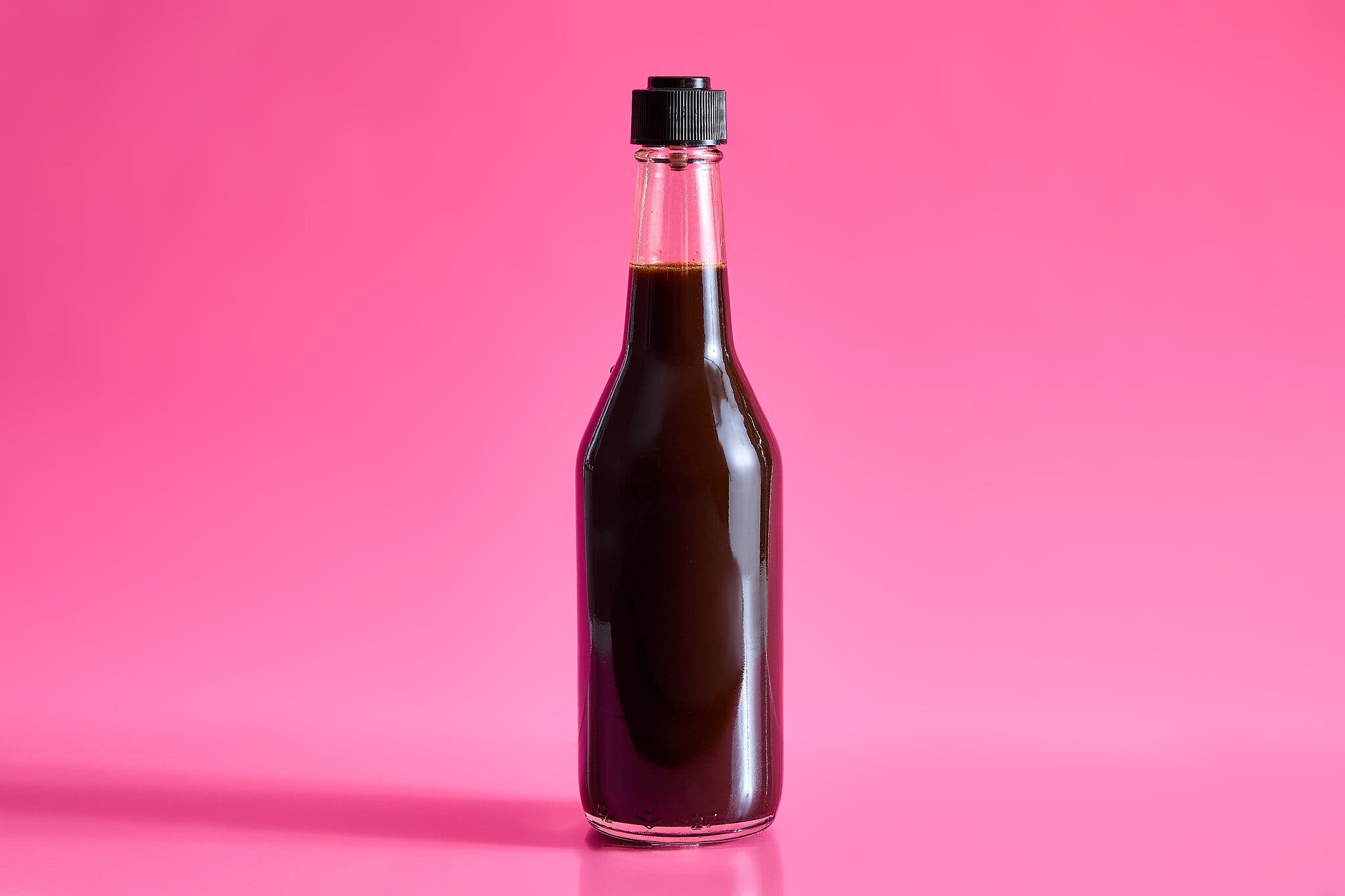
The vinegar and salt in Worcestershire help preserve it.Julia Gartland for The New York Times. Food Stylist: Yossy Arefi.
Both traditional and vegan brands are vinegar-based and amply salted, so they’re considered safe at room temperature after opening. However, if Worcestershire doesn’t move quickly in your household, the flavors will diminish faster in the pantry than at cooler temperatures.
“If you do choose to store open bottles at room temp, I’d say get a smaller size bottle and keep it in a cool, dark place,” said Hadar Cohen Aviram, an executive chef at McCormick & Company, which makes French’s Worcestershire. And if you’re shaking it into meatballs and loaves, make sure to wash your hands well before grabbing the bottle.
The takeaway: Pantry is fine, but store in the fridge to preserve flavor longer.
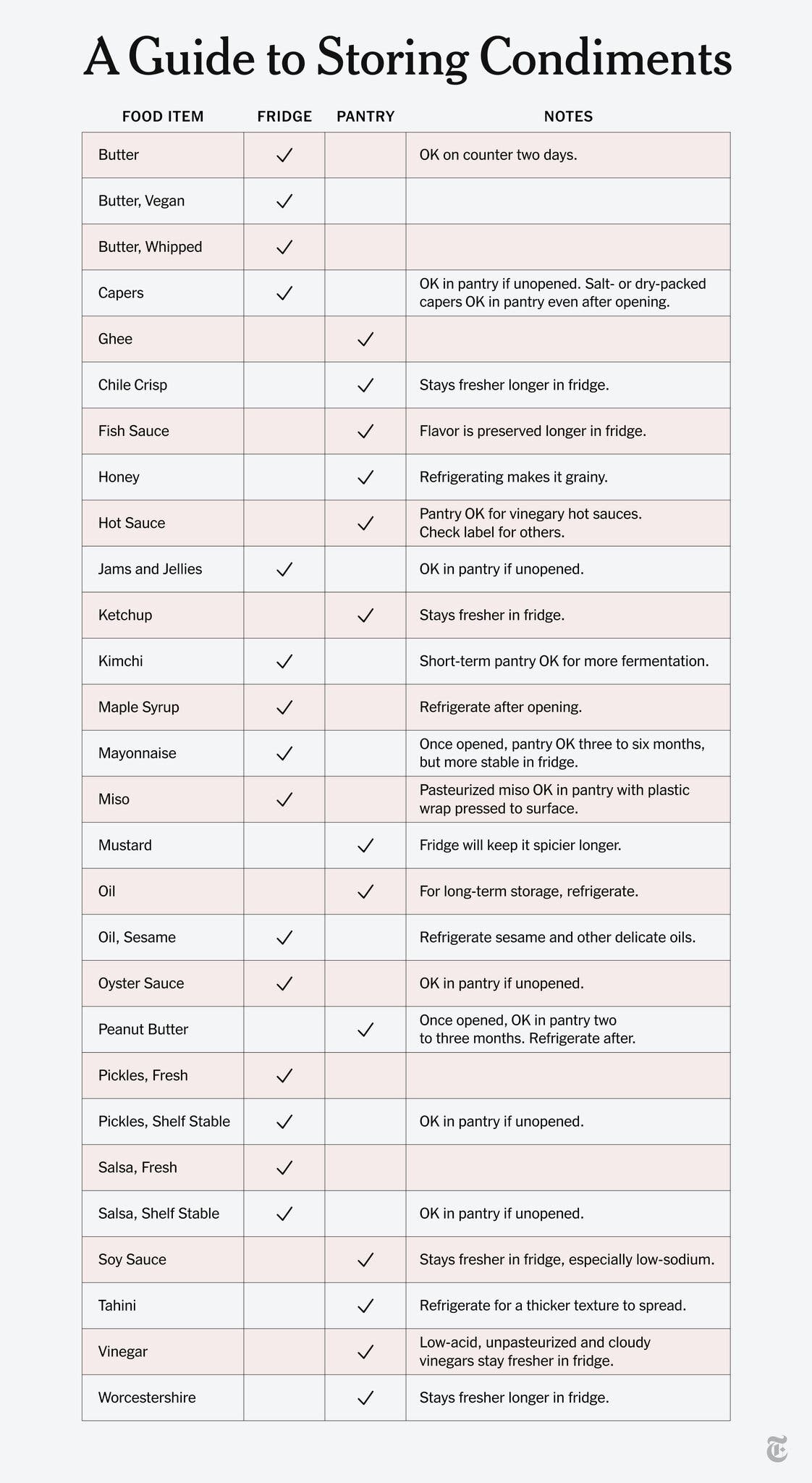
The New York Times
Follow New York Times Cooking on Instagram, Facebook, YouTube, TikTok and Pinterest. Get regular updates from New York Times Cooking, with recipe suggestions, cooking tips and shopping advice.




